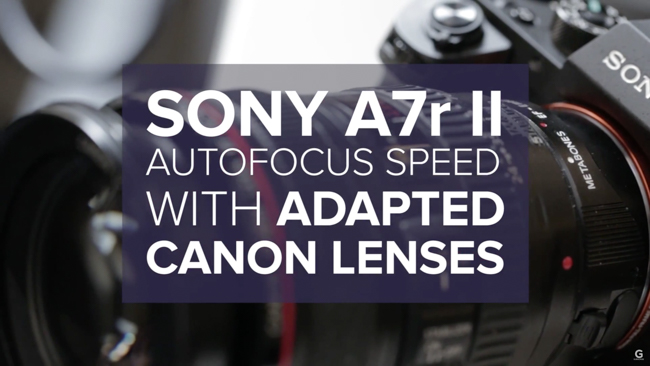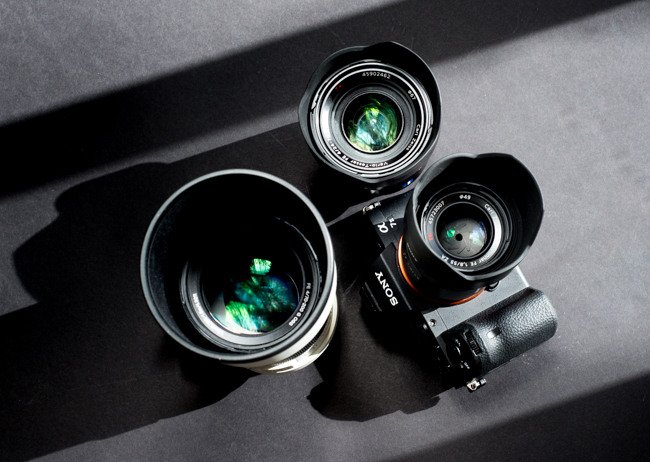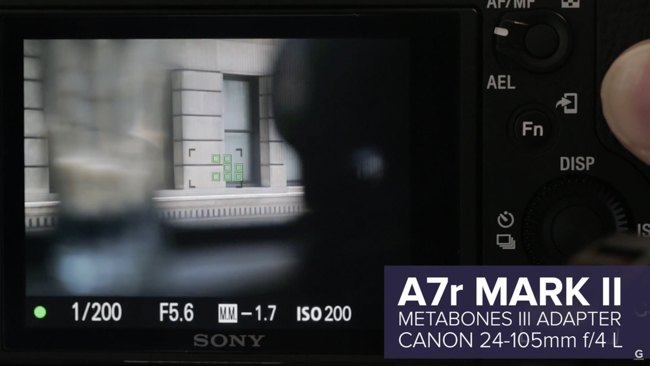
If you’re serious about your photography, buying a new camera isn’t simply buying a new body. Like dating/marriage, you’re taking the family as part and parcel, and in the camera world, that means the entire sub-system of that camera. This means the native lenses, batteries and grips, and all the other accessories that go with it – the in-laws, if you will. So it’s a decision that requires some real consideration beyond just liking the actual body.
Fair to say most photographers are and have been, Nikon or Canon shooters longer than any other brand, and therefore likely have the glass to go along with them. That sort of investment makes it hard to justify switching systems, and why it’s also hard for new systems to break into the market in any major way. The Sony A7 family of cameras, however, have managed just that. For a lot of people, it’s the first time they’ve decided to venture out from the monarchy that is Canon or Nikon.
But if you’re a Canon shooter, there’s more good news, and that’s that the A7 family has been able to be used with Canon glass via a Metabones adapter with some real success. The ability to AF and/or meter has been there, but performance benchmarks have generally been lower than native lenses with the first series of A7 cameras. According to a test by Gizmodo, this has changed considerably for the A7R II. By all accounts, the A7R II is a brilliant camera, and being able to adapt an arsenal of Canon lenses to it with good performance just makes it that much more attractive. It’s like dating someone for their looks and then finding out they mesh well with all your friends.
[REWIND: Sony A7R II Initial Impressions and Sample Images]
According to the test, as can be seen in the video below, you can see the marked difference in focusing speed and accuracy between the original A7 and the A7R II. The test was conducted using:
Sony A7
Sony A7R II
Metabones Adapter III EF-E
Canon 24-105mm f/4 L
Canon 35mm f/2 IS
Canon 16-35mm f/4 IS
The results are impressive, but I would urge you to consider a few things before jumping to the new system. First, currently native couplings of camera system and lenses will always work better than an adaptation. The battery life on the A7 series has never been the best and can almost surely get more out of your Canon body’s batteries. You’ll also likely have a decent sized investment in Canon lights and so forth. There has also been come suggestion that the adapters work better with shorter focal lengths, so wildlife shooters and sports shooters may have an issue.
Neatly, that brings up the talking point of considering your typical style of shooting. If you’re shooting portraiture or in studio, then this is all going to matter a bit less as you typically have more time than say someone tracking fast subjects, or even a wedding shooter. That all said and done, I think the A7 II series is almost too attractive to go without. Our resident pixel peeper, Matt had some alone time with the A7RII recently, and you can see his initial thoughts and sample images here.
Have you had experience with Metabones adapters with Canon lenses on the A7?
Source: Gizmodo
https://www.bhphotovideo.com/c/product/1158850-REG/metabones_mb_ef_e_bt4_canon_ef_to_e_mount.html/BI/5982/KBID/6868








Get Connected!